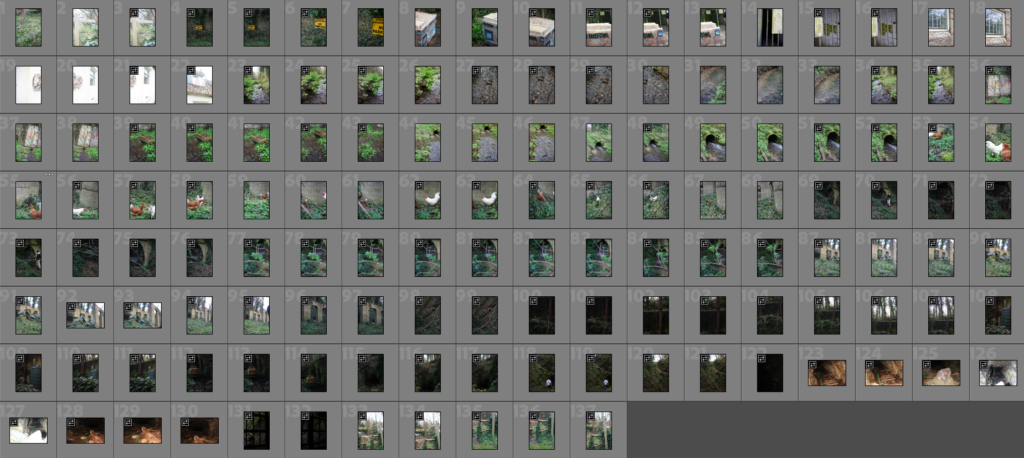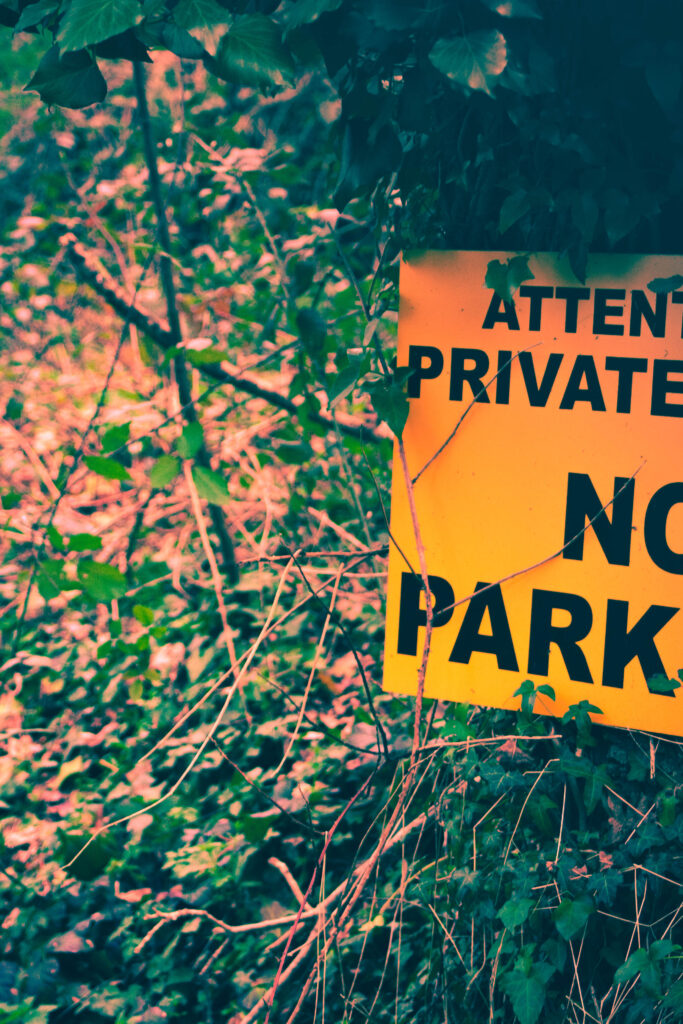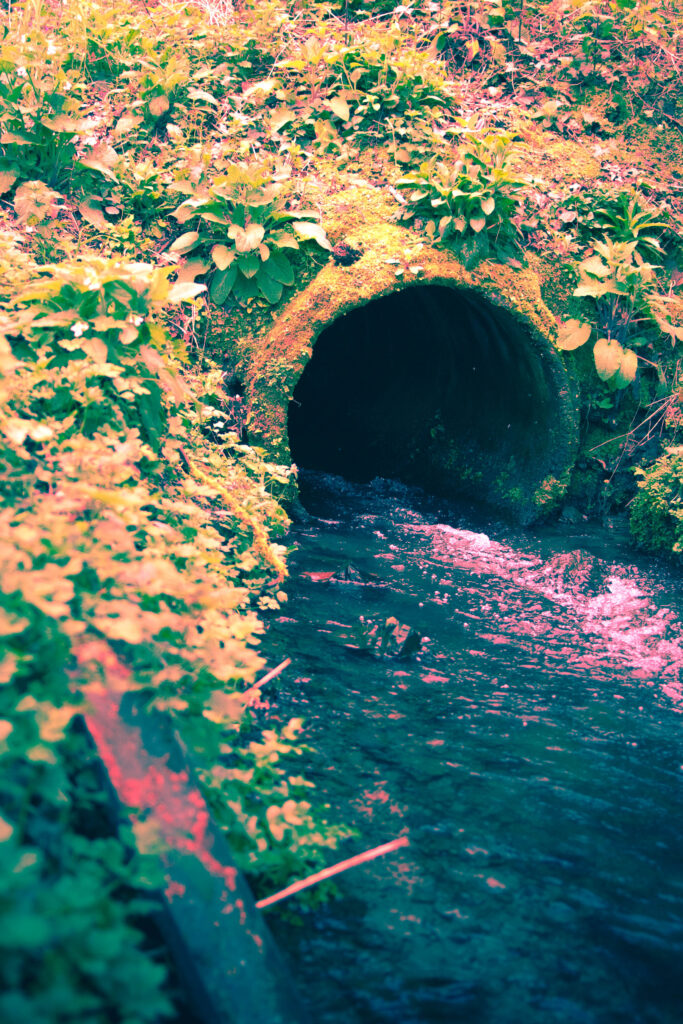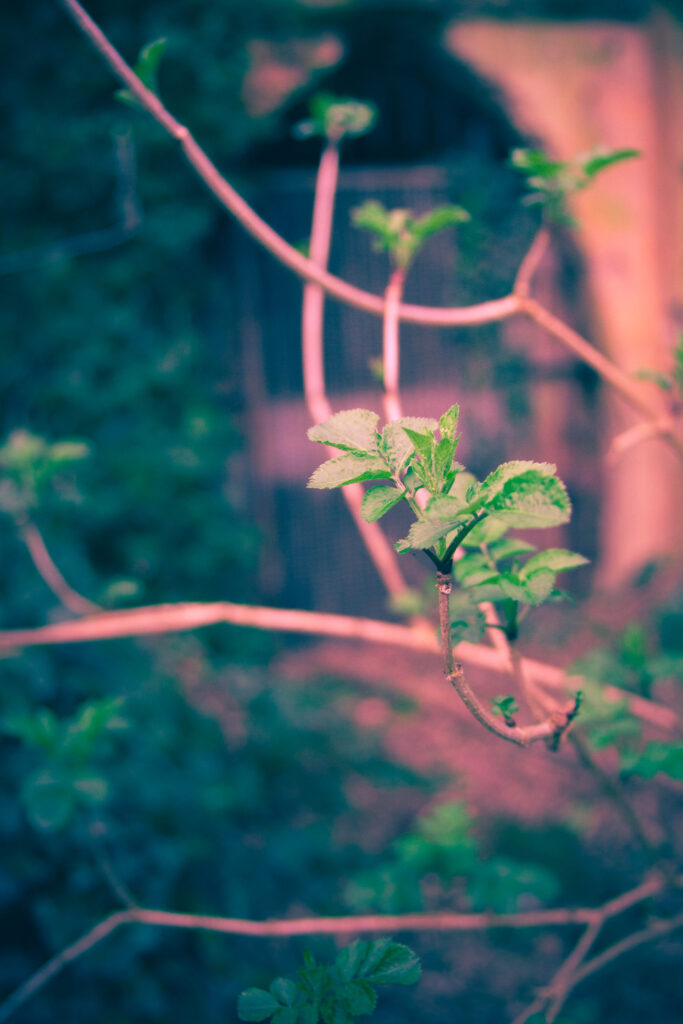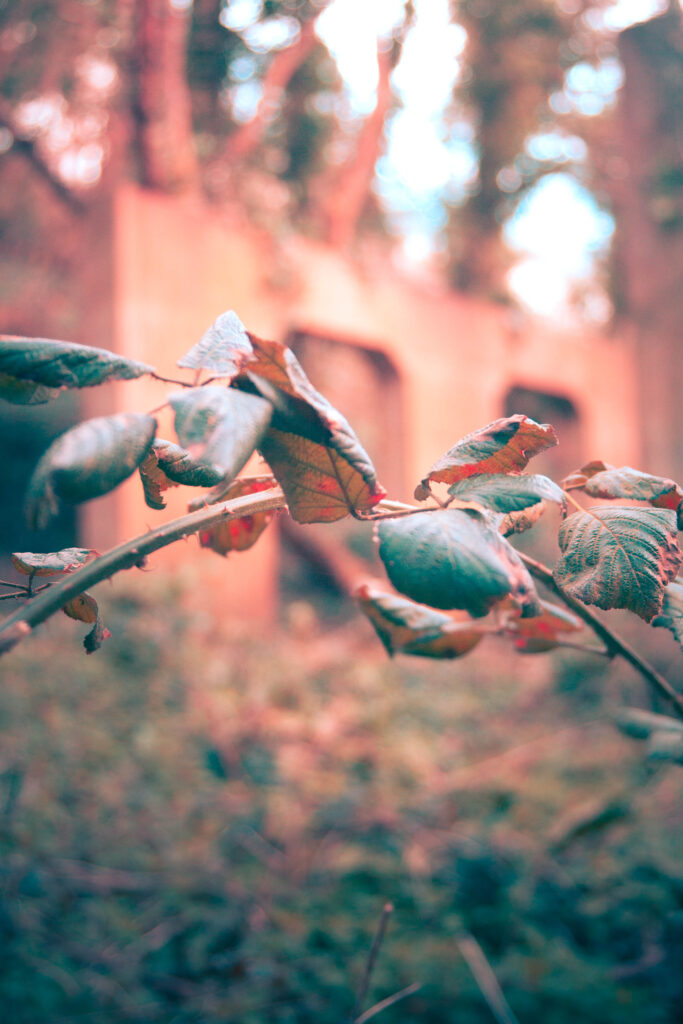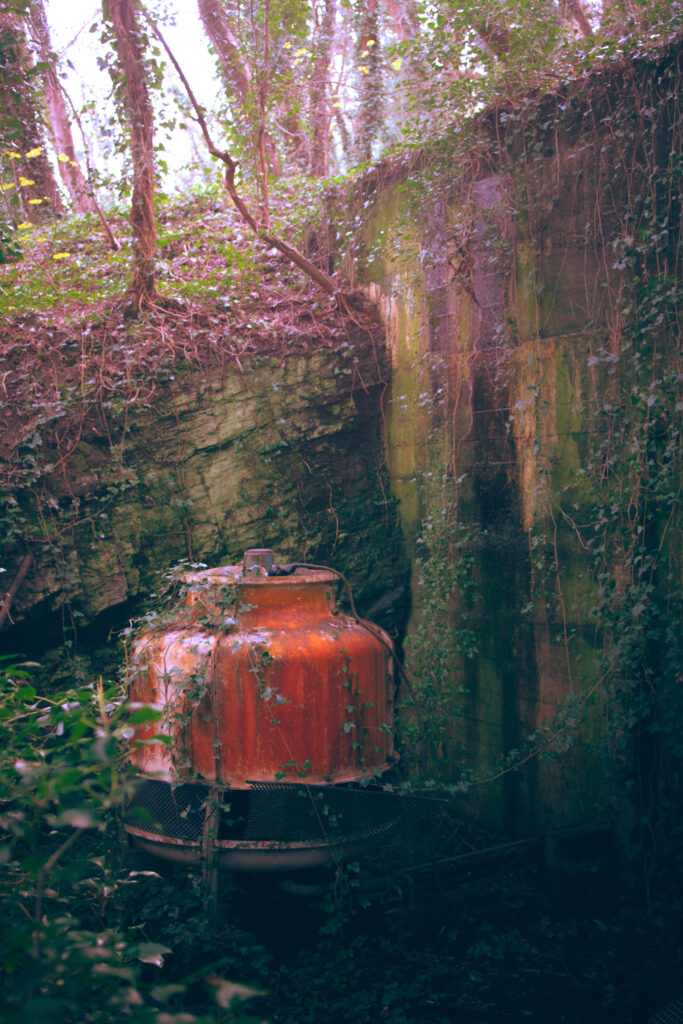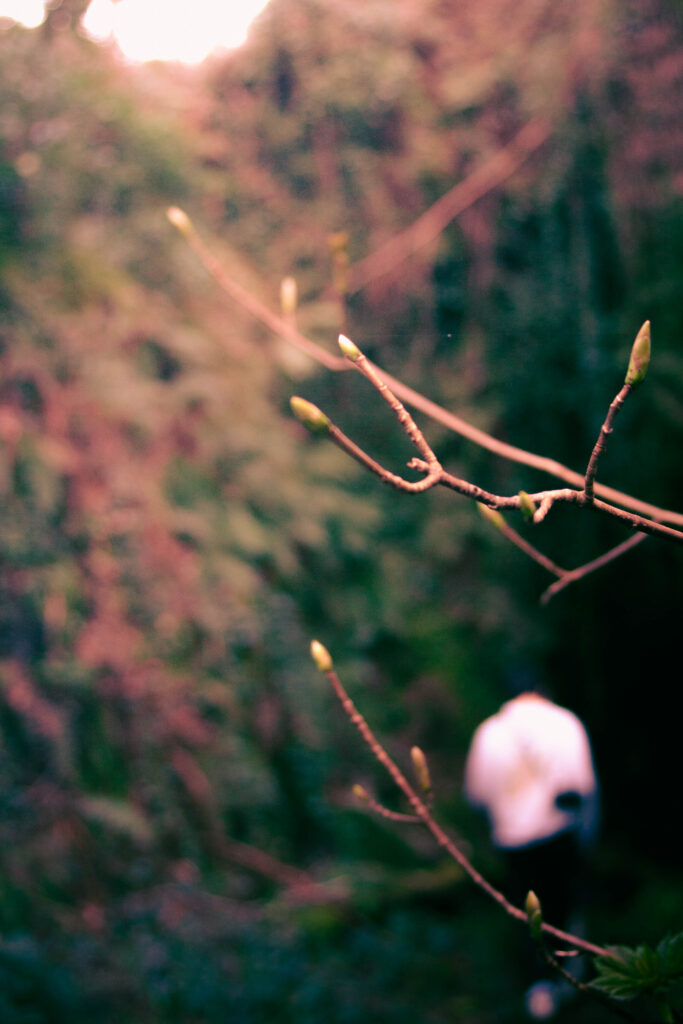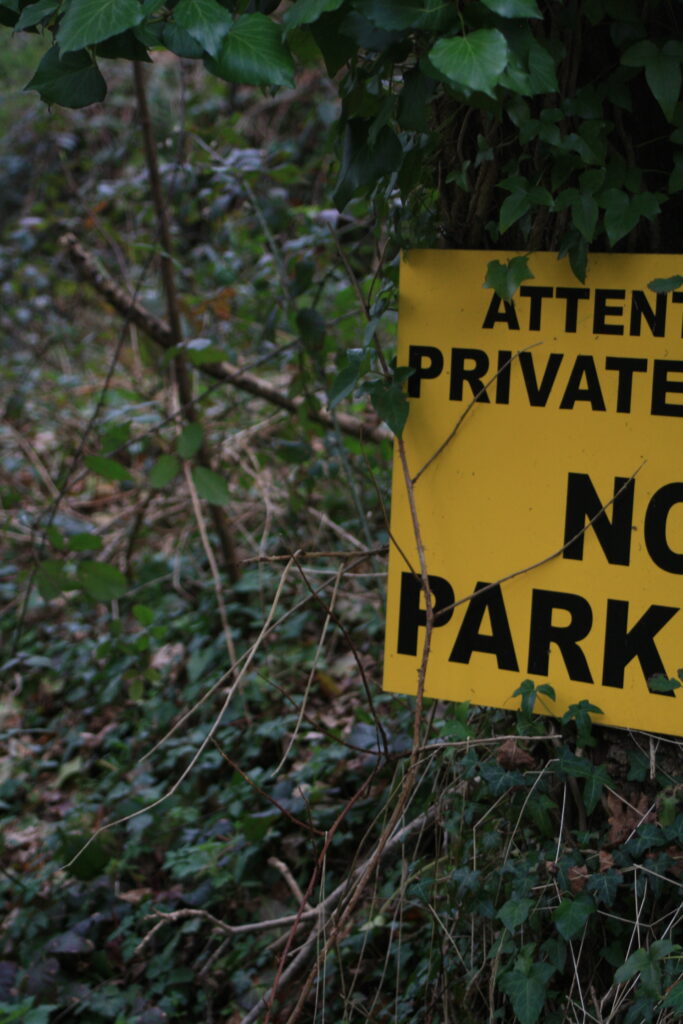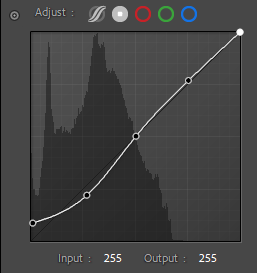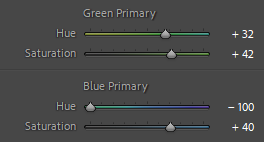OBSERVE
VERB
- a person who watches or notices something.”to a casual observer, he was at peace.
- a person who follows events closely and comments publicly on them.”some observers expect interest rates to rise”
- a person posted in an official capacity to an area to monitor political or military events.”elections scrutinized by international observers”
SYNONYMS: spectator, onlooker, watcher, voyeur, looker-on, fly on the wall, viewer, witness, eyewitness, bystander, sightseer, commentator, onlooker, reporter, blogger, monitor.
SEEK
VERB
- attempt to find (something):“they came here to seek shelter from biting winter winds”
SIMILAR: look for, be on the lookout for, search for, try to find, look about for. - attempt or desire to obtain or achieve (something):“the new regime sought his extradition” · “her parents had never sought to interfere with her freedom”
SIMILAR: pursue, go after, go for, try, attempt, endeavour, strive - ask for (something) from someone:“he sought help from the police”
SIMILAR: ask for, request solicit, call on, invite, entre, beg for - (SEEK SOMEONE/SOMETHING OUT)search for and find someone or something:“it’s his job to seek out new customers”
SIMILAR: discover, detect find (out), unearth, uncover, disinte
CHALLENGE
NOUN
- a call to someone to participate in a competitive situation or fight to decide who is superior in terms of ability or strength:“he accepted the challenge”
SIMILAR: dare, provocation, summons - a call to prove or justify something:“a challenge to the legality of the banning order”
SIMILAR: opposition, defiance, ultimatum, confrontation with.
VERB
- invite (someone) to engage in a contest:“he challenged one of my men to a duel” · “organizations challenged the government in by-elections”
SIMILAR: dare, summon, invite,bid, throw down the gauntlet, to defy someone to do something - dispute the truth or validity of:“it is possible to challenge the report’s assumptions”
SIMILAR: question, take exception to, confront, dispute, take issue with
Observe Seek and Challenge within photography
- Observe: Observation is the foundation of photography. It’s about being mindful of your surroundings, noticing the interplay of light and shadow, shapes, colors, and textures. By keenly observing the world around you, you’ll start to see photographic opportunities everywhere, even in the seemingly mundane.
- Seek: Seeking in photography involves actively looking for unique perspectives, interesting subjects, or moments that stand out. This might mean exploring new locations, experimenting with different techniques, or engaging with diverse communities. Seeking allows photographers to expand their visual repertoire and discover fresh ways of storytelling.
- Challenge: Challenging oneself is crucial for growth as a photographer. This could mean pushing the limits of your technical skills, experimenting with unconventional compositions, or tackling complex themes and concepts. Embracing challenges fosters innovation and encourages photographers to evolve their style and vision.
By combining observation, seeking, and challenging oneself, photographers can cultivate a more profound connection with their craft and produce images that resonate on a deeper level with viewers.










